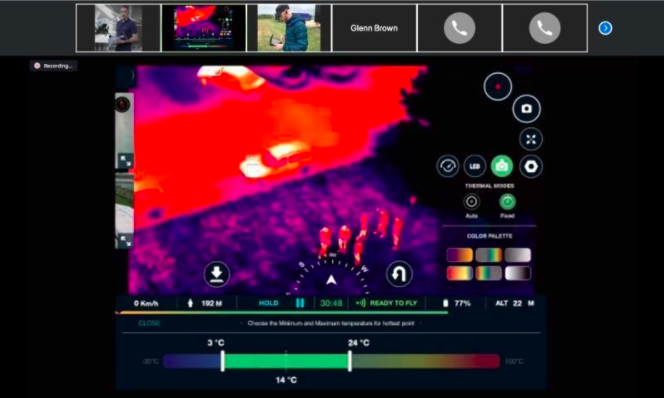Asia's
Only Integrated Showcase for Mobility Innovation Across Air, Land and Sea >
MobilityNews >
What the UAS industry can learn from COVID–19
What the UAS industry can learn from COVID–19
What the UAS industry can learn from COVID–19
INDUSTRY SPOTLIGHT | 21 JULY 2020

Photo credit: droneblog.com
The world was flipped on its head this year when an unthinkable pandemic struck every corner of the globe. The unmanned industry, like nearly every sector, suffered from the economic and operational effects of the social distancing and a global shutdown. But like in many innovative industries, some UAS companies quickly adapted to the new situation and succeeded in turning the situation around and leverage it. These companies were swift to develop new solutions that push the industry forward and will become the standard operating methodology long after the pandemic is gone.
There’s no doubt that social distancing created a huge challenge to unmanned industry’s companies. Our global industry depends heavily on conferences and live demos to showcase new innovations in aerial and ground systems. With all major events cancelled and travel suspended, adapting to the new normal was the only way forward.
In response, we quickly developed new ways to showcase, sell and train new customers online and in real time. This adjustment was necessary both to keep growing, but also to set a new standard that customers came to expect amid the pandemic. Here are a few ways the industry evolved and adapted with COVID-19:
Remote Training Methods
The process for marketing and live demonstrations changed completely, almost overnight. I’m not only referring to new websites with more insights and information on exciting products; the most important change came into play as companies initiated a new way to personalize the experience for prospective customers—offering real-time demonstrations online. These included different clients participating from different corners of the world, and enabling them to both see capabilities as well as facilitate remote operation from thousands of miles away. The process was carefully orchestrated to offer as similar as possible an experience and generate confidence that was previously offered in person. The remote demonstration concept was also translated into remote training, with drones being shipped to the customer, and training done upon their arrival with instructor online. The remote communication with new and existing users created a new standard of onboarding clients, and this concept will serve as a core initial pillar of the sale cycle as we move forward.
Evolving Expectations and Regulations
Throughout the pandemic, companies have been getting approached for current solutions that fit with pandemic-like situations. These include use cases for autonomous or remote operation and Beyond Visual Line of Sight (BVLOS) missions. These concepts of operations (CONOPS) are gaining more attention from customers, and as a result, regulators are also becoming more open to BVLOS operations. We saw this widespread acceptance take place as drones provided critical medical delivery services in North America and Germany. This is a positive sign for the future of the UAS industry, as the it showcases how valuable some of its previously controversial features are to the general public.
